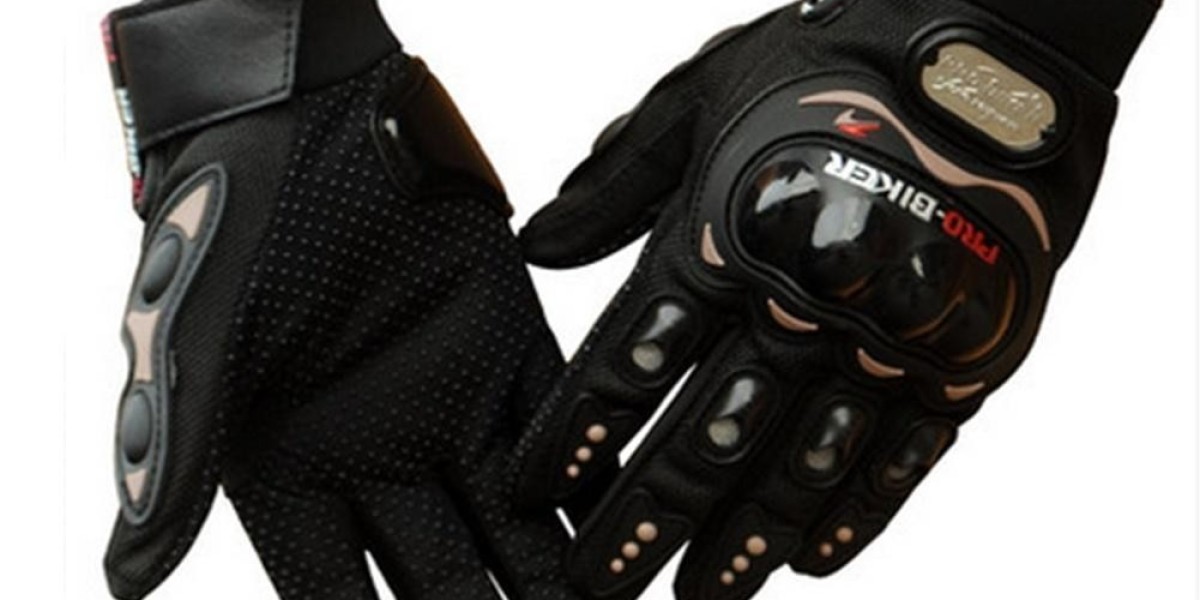Working in a shop means dealing with sharp tools, rough materials, and various chemicals daily. Your hands need proper protection to stay safe and functional.
The right protective handwear makes your work easier while preventing cuts, burns, and other injuries. This guide helps you choose the best options for your specific needs.
Why Hand Protection Matters in Workshop Environments
Your hands handle countless tasks throughout the workday—and they face serious risks while doing it. Sharp metal edges can slice skin in seconds, hot surfaces can cause painful burns, and chemical splashes may lead to permanent damage. The right hand protection, such as cut-resistant, heat-resistant, or chemical-resistant shop gloves, is essential to keep your hands safe.
Without proper protection, minor cuts become infected wounds. Repetitive strain leads to long-term joint problems. Chemical exposure causes dermatitis and allergic reactions.
Quality shop gloves create a barrier between your hands and workplace hazards. They maintain grip strength while protecting against common workshop dangers.
Understanding Different Types of Workshop Gloves
Leather Work Gloves
Leather provides excellent cut resistance and durability. Cowhide handles general shop work well. Split leather costs less but offers reduced sensitivity. Full-grain leather lasts longer and feels more comfortable.
These gloves work best for handling rough lumber, metal fabrication, and general assembly tasks. They break in over time and conform to your hand shape.
Nitrile-Coated Options
Nitrile coating offers chemical resistance and enhanced grip. The coating stays flexible in cold temperatures. Oil and grease don't penetrate the surface easily.
Workers prefer these for automotive repair, painting projects, and handling oily parts. The coating wears out eventually but replacement costs stay reasonable.
Cut-Resistant Materials
Modern cut-resistant fibers protect against blade injuries. ANSI levels rate protection from A1 through A9. Higher numbers indicate better cut resistance.
These materials work well for glass handling, sharp metal work, and food preparation. They maintain flexibility while stopping most accidental cuts.
Disposable Protective Gloves
Disposable options work for light-duty tasks and contamination control. Latex, nitrile, and vinyl each offer different benefits. Nitrile works best for most workshop applications.
Change these frequently to maintain protection levels. They prevent cross-contamination between different projects and materials.
Choosing the Right Size and Fit
Proper sizing affects both safety and comfort. Loose gloves catch on machinery and reduce dexterity. Tight gloves restrict blood flow and cause fatigue.
Measure your hand circumference around the knuckles. Compare measurements to manufacturer size charts. Different brands use slightly different sizing standards.
Try gloves on when possible. Make typical work motions to test flexibility. Check for pressure points or loose material that bunches up.
Common Sizing Mistakes
Many workers choose gloves too large, thinking bigger means more comfortable. Oversized gloves actually increase accident risk and reduce control.
Others select gloves too small, causing hand fatigue and reduced circulation. This leads to dropping tools and making mistakes.
Material Selection for Specific Tasks
Welding and Hot Work
Heat-resistant materials protect against sparks and molten metal. Leather welding gloves offer traditional protection. Modern synthetic materials provide lighter alternatives.
Long cuffs protect wrists and forearms from heat exposure. Kevlar stitching won't burn through like regular thread.
Chemical Handling
Chemical resistance varies greatly between materials. Nitrile handles oils and petroleum products well. PVC resists acids and alkalis better than other options.
Check chemical compatibility charts before selecting gloves. Some chemicals dissolve certain materials quickly, creating dangerous exposure.
Fine Detail Work
Precision tasks need thin, flexible materials. Lightweight nitrile maintains sensitivity while providing basic protection. Polyurethane coatings offer excellent grip on small parts.
These gloves sacrifice some protection for increased dexterity. Use them only for appropriate tasks with minimal hazard exposure.
Finding Quality Options Near You
Local safety supply stores carry professional-grade protective equipment. They understand workplace requirements and stock appropriate options. Staff can recommend specific products for your applications.
Hardware stores offer basic options for occasional use. These work for home workshops and light commercial applications. Selection may be limited compared to specialty suppliers.
For those searching for shop gloves in Baltimore, several industrial suppliers serve the area. These businesses understand local workplace safety requirements and stock products that meet regional standards.
Care and Maintenance Tips
Proper care extends glove life and maintains protection levels. Clean reusable gloves regularly with appropriate solvents or detergents. Allow complete drying before storage.
Inspect gloves before each use. Look for cuts, punctures, or chemical damage. Replace damaged gloves immediately to maintain safety standards.
Store gloves in clean, dry locations away from sharp objects. Avoid extreme temperatures that can damage materials. Keep different types separated to prevent contamination.
When to Replace Your Gloves
Replace disposable gloves after single use or when visibly contaminated. Reusable gloves need replacement when protection becomes compromised.
Signs of wear include thinning materials, loose seams, and hardened surfaces. Chemical exposure may cause invisible damage that reduces protection.
Safety Standards and Certifications
ANSI standards rate cut resistance, puncture resistance, and abrasion resistance. EN standards provide European testing criteria. Both systems help compare different products objectively.
Look for certification marks on packaging and product labels. These indicate third-party testing has verified performance claims.
Understanding ratings helps match gloves to specific hazards. Higher ratings cost more but provide better protection for dangerous tasks.
Budget Considerations
Quality protective equipment costs more upfront but provides better value long-term. Cheaper options may need frequent replacement, increasing total costs.
Consider the cost of workplace injuries when evaluating prices. Medical bills and lost work time far exceed glove costs.
Buy appropriate quality for your risk level. High-hazard work justifies premium protection. Low-risk tasks can use basic options safely.
Common Workshop Applications
Automotive Repair
Mechanics need chemical resistance and good grip. Nitrile-coated gloves handle oils and fluids well. Cut-resistant options protect against sharp metal edges.
Woodworking
Splinter protection and grip enhancement matter most. Leather gloves provide traditional protection. Modern synthetic options offer improved dexterity.
Metal Fabrication
Cut and puncture resistance become critical. Heat resistance protects against grinding sparks. Multiple glove types may be needed for different operations.
Making the Right Choice
The best shop gloves match your specific work requirements and fit properly. Consider the hazards you face daily and choose appropriate protection levels.
Don't compromise on safety to save money. Quality protective equipment prevents injuries that cost far more than the initial investment.
Start with basic protection and upgrade based on experience. Your hands deserve the best protection you can provide them.








